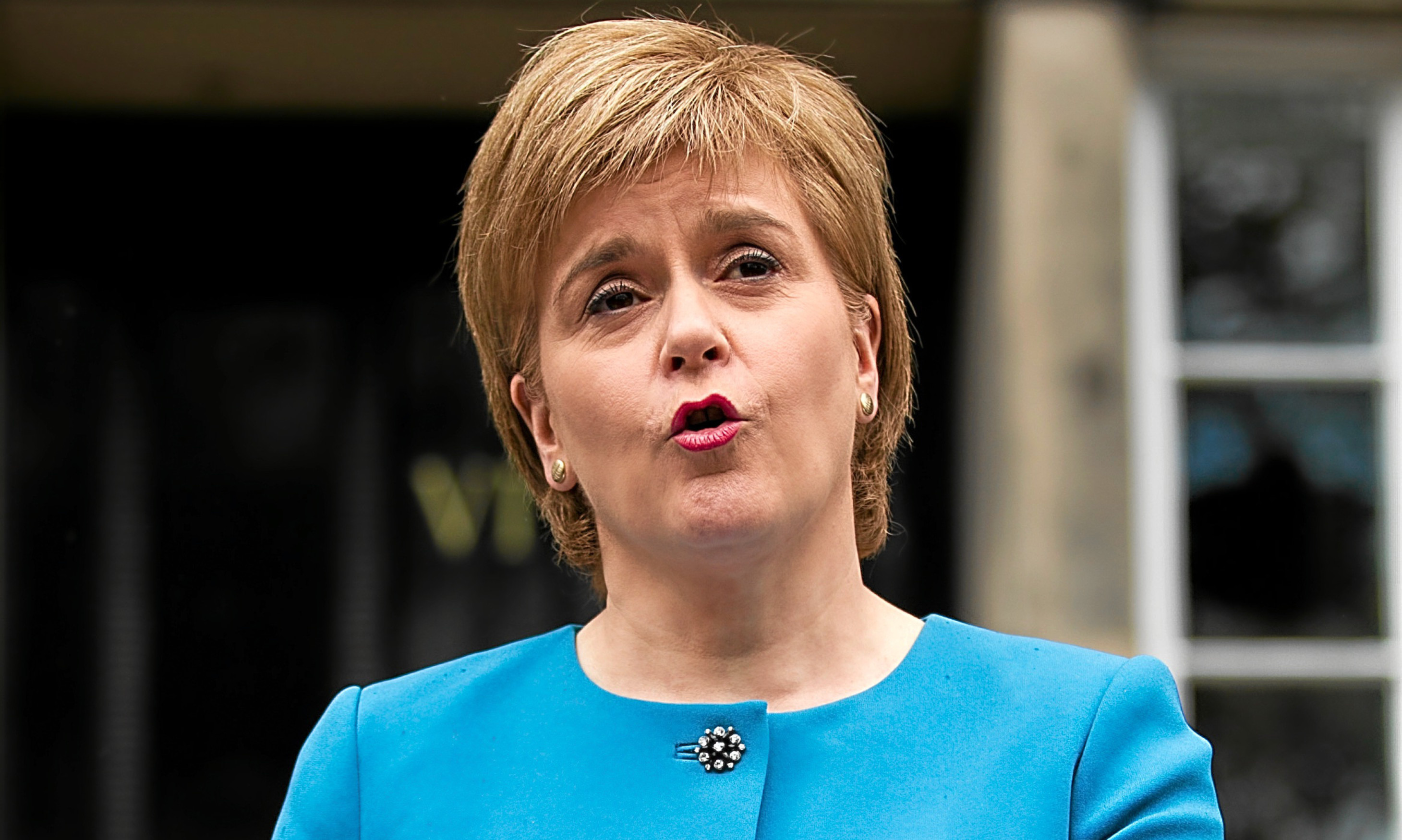Nicola Sturgeon should focus on pressing Theresa May as “hard as possible” to secure a Norway-style Brexit rather than agitating for independence, says a former senior civil servant in the Scottish Government.
Prof Jim Gallagher said a soft Brexit would allow Scotland to reap the benefits of both unions and seek a Scots-specific “special relationship” with the EU.
The Glasgow and Oxford professor said that getting Mrs May to pursue a Norwegian-style deal should be the First Minister’s “single most important priority”.
In an article for British Academy he said she should “press the UK as hard as possible to take the Norway option or something very close to it”.
He told The Courier: “Nicola Sturgeon should concentrate on getting the best settlement for Scotland in Brexit, rather than using this as an opportunity to press for independence.”
He added he believed that Ms Sturgeon has put another referendum on the “back burner” to the disappointment of “die-hard supporters”.
Norway is outside the EU but pays to access single market and must accept free movement.
Prof Gallagher, who was director-general for devolution in Whitehall until 2010, said it is difficult to see how Scotland could be a member state while part of the UK.
But he told The Courier: “It’s possible to imagine that Scotland could negotiate some particular, special relationship with Brussels.
“It’s far too early to say whether any of the European institutions are willing to talk meaningfully about that.”
He said Scotland could have a closer relationship with the bloc than the rest of the UK through Holyrood tying itself to EU law, Scots remaining as EU citizens using the “reverse Greenland” precedent and ministers paying a fee to have a seat on the European Committee of the Regions.
It could also follow the Israeli model for university research, whereby the Middle East country remains involved in programmes and student scholarships without barriers, he added.
